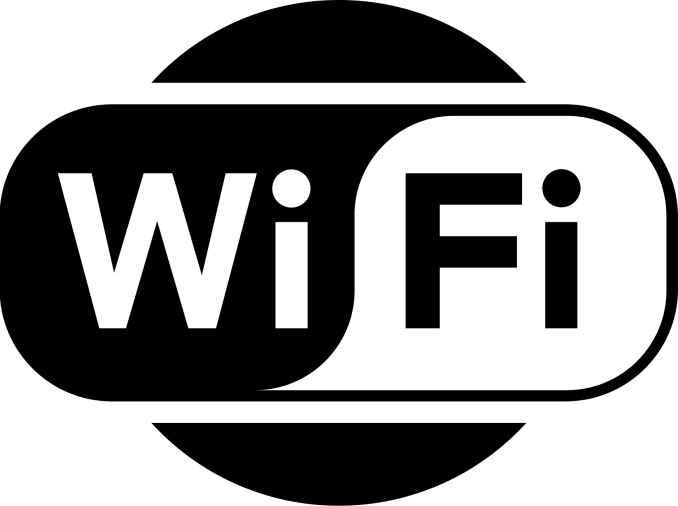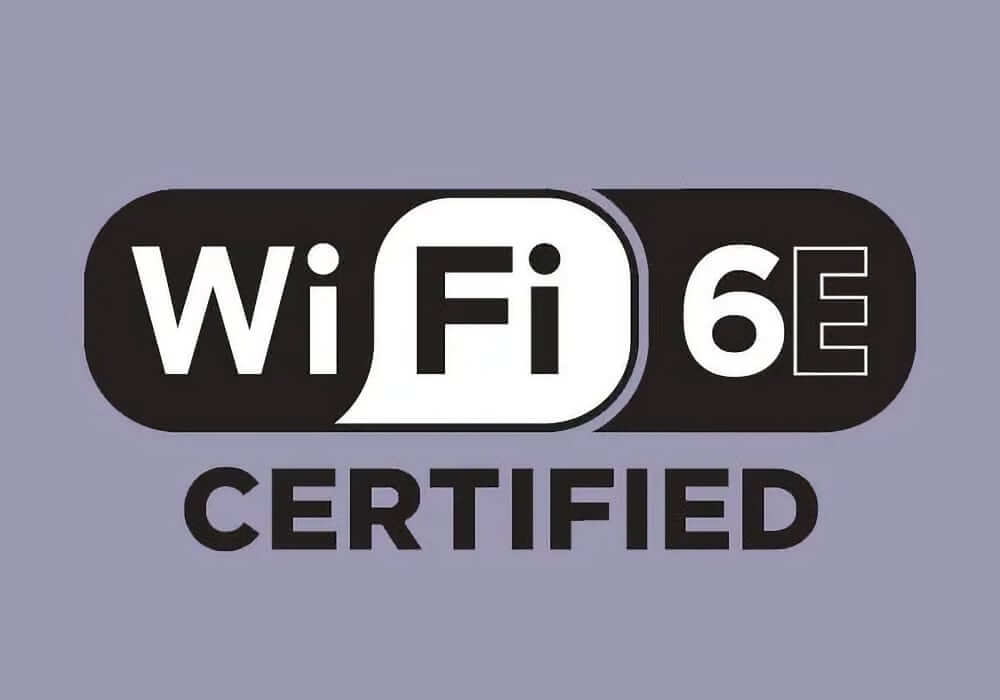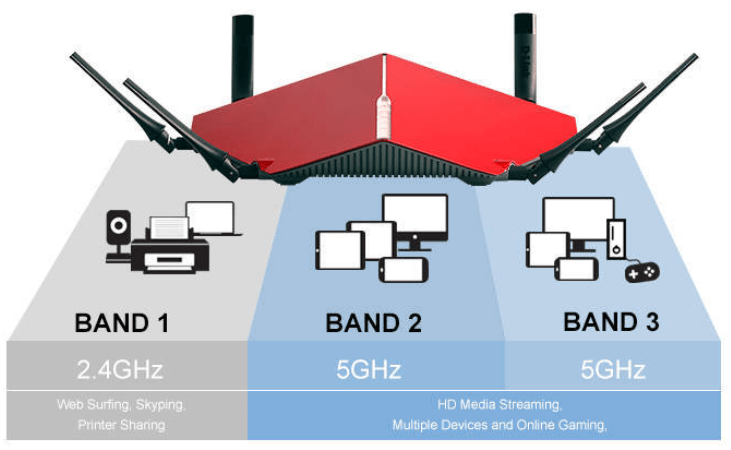Wi-Fi is a wireless networking technology that has different standards to date. All are compatible with each other, allowing devices with Wi-Fi 5 to connect to devices with Wi-Fi 4, for example. The latest standard is Wi-Fi 6E, which promotes the arrival of the new 6 GHz frequency band, which promises to deliver a more stable and faster connection, being ideal for streaming content in 4K and 8K, for example.
Wi-Fi 6 itself, which is still becoming popular, is already far superior to Wi-Fi 5 (802.11ac), delivering up to three times the speed. Below, learn all about Wi-Fi, from its history to the details of the latest standards on the market.
Wi-Fi: History

Wi-Fi became the commercial term for a set of technologies that, using radio signals, allow the exchange of data via Ethernet protocol between devices within the same area. Created in the 1990s, Wi-Fi had its first technical profile defined by the IEEE (Institute of Electrical and Electronics Engineers), back in 1997, and was named 802.11. At the time, the resource reached a modest 2 Mb/s (megabits per second), allowing the exchange of only 250 KB per second.
In 1999, the final contours for the commercial application of Wi-Fi were defined and even the name was chosen. The network, which came close to being called DragonFly or WaveLAN, earned the name known today. The first generation of Wi-Fi designated as 802.11a already had transfer rates between 1 and 11 Mb/s. Over the years the technology has evolved not only in speed but also in features, with techniques emerging to make wireless networks more efficient, less susceptible to interference and obstacles – and more secure.
In 2009, the Wi-Fi Alliance, a global consortium that controls the development and implementation of the technology, released Wi-Fi 4 (802.11n), already with frequencies of 2.4 or 5 GHz and speeds of up to 600 Mb/s.
Wi-Fi 5, closely associated with dual-band technology, brought speeds of up to 6.9 Gb/s in 2014, while the latest standard, Wi-Fi 6 (and the 6E), went commercial starting in 2019, promising speeds of up to 9.6 Gb/s. As of 2021, routers with Wi-Fi 6E and the new 6 GHz bands start to become available to the public.
New Nomenclature

In 2018, the Wi-Fi Alliance decided to implement a change in the way to differentiate each Wi-Fi standard, making the task of recognizing each one easier. Effectively, instead of saying that a particular device has 802.11ac Wi-Fi, you can simply classify the device as Wi-Fi 5-compliant, for example.
The move has not eliminated the alphabet soup of letters and numbers, as designations such as 802.11ax (from Wi-Fi 6) or 802.11n (from Wi-Fi 4) remain valid. Nevertheless, it is understood that they serve more as a technical reference of each standard, and no longer as their commercial names.
Wi-Fi 6

Wi-Fi 6 is the most recent wireless standard. In terms of adoption, the technology is not yet the most widely used, but more and more manufacturers are launching compatible routers, as well as newer smartphones, computers, and even consoles. The PlayStation 5, for example, already comes with Wi-Fi 6.
Compared to Wi-Fi 5, the big differences in the new standard are higher operating speeds, with the prospect of networks up to 40% faster in some cases, and a series of technologies that aim to mitigate problems of congestion, latency, and rational use of available bandwidth in each network.
Wi-Fi 6 allows multiple connected devices within the same channel and can yield transfer speeds of up to 9.6 Gb/s (gigabits per second). More efficient, sixth-generation Wi-Fi allows networks to be more stable and work more efficiently by detecting which device needs more bandwidth at any given time.
Wi-Fi 6E

Wi-Fi 6E is an extension of Wi-Fi 6, so much so that the technical name for this new standard is the same: 802.11ax. The difference is that wireless networks compatible with this technology now work in tri-band mode, as opposed to the dual-band mode that has persisted until Wi-Fi 6.
If before the router delivered only two networks, of 2.4 GHz and 5 GHz frequency, now it will be possible to find devices with 2.4, 5, and 6 GHz bands at the same time. This difference should ensure high speeds for devices near the router, allowing usage scenarios involving wireless virtual reality, or even streaming 8K content on TV, for example.
Dual-band, Tri-band Networks, and Usage Types

Routers with Wi-Fi 5 and above establish networks with multiple bands. The reason for this is simple: to balance longer range and greater speed in a single product.
For physical reasons, lower radio frequencies end up going further. This is why 2.4 GHz networks are the ones that reach the largest areas and have the greatest penetration in the face of obstacles. The higher frequencies, such as 5 and 6 GHz, allow a much faster connection but have a limited range.
If your router is dual-band or tri-band – there are models today in markets with two networks of 2.4 GHz or 5 GHz – often you do not need to worry about this. In some cases, the device itself recognizes the best band and prioritizes the optimal connection.
It’s important to keep in mind that the presence of higher frequencies will have a profound impact on what Wi-Fi can do inside your home in the coming years. Wi-Fi 6E equipment will have a much higher capacity for data exchange, and this could open up space for several wireless network applications that are unfeasible today because of speed.
Among them are the transmission of videos in 8K without interruption, virtual reality also with good resolution, and even the streaming of games in high resolution by services such as Google Stadia, for example.
Compatibility
Despite the constant evolution, Wi-Fi standards are all compatible with each other. This means that you can buy a new Wi-Fi 6E router with the assurance that your Wi-Fi 5 equipment will connect to the network as normal. The only restriction is that these connections will be controlled by the lowest common denominator between the two pieces of equipment – in this case, Wi-Fi 5.
The backward compatibility is also true: if you invest in any device with Wi-Fi 6 or even 6E, you will have no problem connecting to a network that is Wi-Fi 4 or 5. Again, the notion that the connection itself will always use the oldest standard available applies.
This post may contain affiliate links, which means that I may receive a commission if you make a purchase using these links. As an Amazon Associate, I earn from qualifying purchases.

